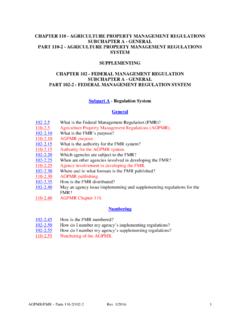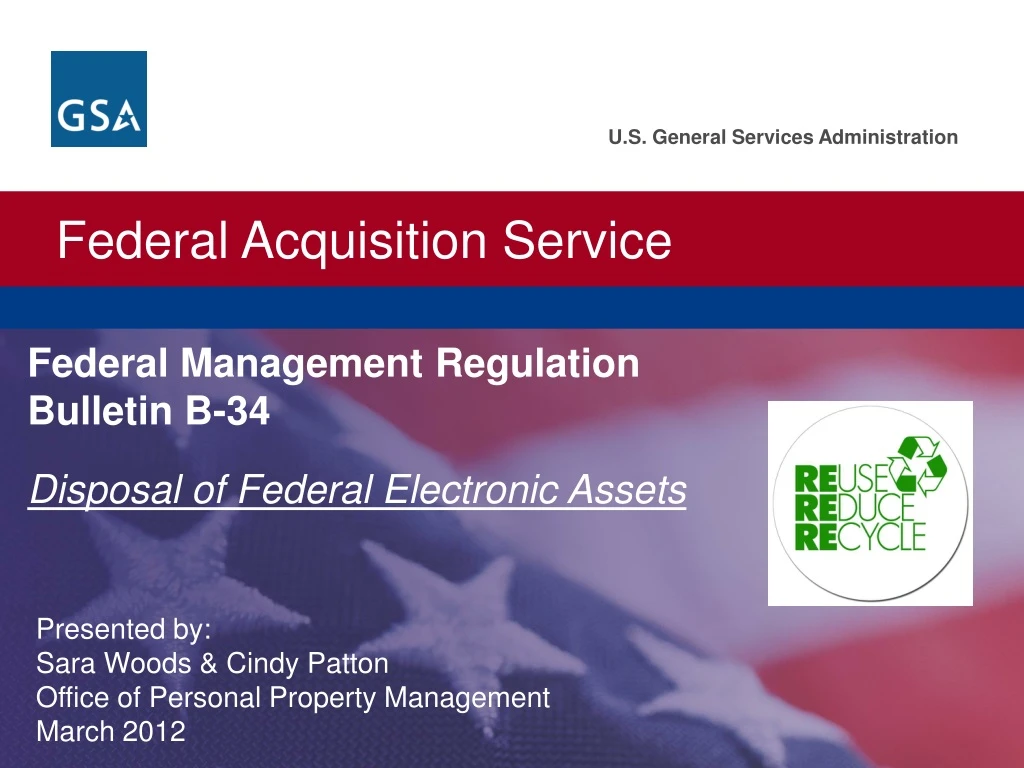Federal Management Regulation
The Federal Management Regulation: A Comprehensive Guide
Welcome to our complete guide on the Federal Management Regulation (FMR). In this article, we'll provide you with detailed insights into the FMR and how it applies to various aspects of federal management. Whether you're a federal employee, a manager, or simply interested in understanding the inner workings of federal management, this guide has got you covered!
What is the Federal Management Regulation?
The Federal Management Regulation is a set of rules and guidelines compiled by the General Services Administration (GSA) that govern various aspects of federal management. It serves as a comprehensive resource for federal agencies, providing them with the necessary policies and procedures to effectively manage their operations.
From property management to transportation and travel regulations, the FMR covers a wide range of topics that impact the day-to-day activities of federal agencies. Its primary goal is to ensure consistency, efficiency, and accountability in the management of federal resources.
The Importance of the Federal Management Regulation
The Federal Management Regulation plays a crucial role in maintaining transparency and accountability within the federal government. By establishing a set of standardized rules and procedures, the FMR helps federal agencies operate in a fair and consistent manner.
Here are some key reasons why the FMR is important:
-
Streamlining Operations
The FMR eliminates ambiguity and confusion by providing clear guidance on how federal agencies should manage their day-to-day operations. By following these guidelines, agencies can streamline their processes and promote efficiency.

-
Promoting Accountability
Accountability is a key aspect of federal management, and the FMR helps enforce it. By establishing guidelines and procedures for managing federal resources, the FMR ensures that agencies are held responsible for their actions and decisions.

-
Protecting Government Assets
The FMR includes policies related to property management, which help protect government assets from loss, theft, or misuse. By adhering to these guidelines, federal agencies can ensure that taxpayer-funded resources are utilized appropriately.
FAQs about the Federal Management Regulation
Here are some frequently asked questions about the Federal Management Regulation:
-
What is the purpose of the FMR?
The FMR serves as a comprehensive resource for federal agencies, providing them with guidelines and procedures to effectively manage their operations and resources.
-
Who is responsible for enforcing the FMR?
The General Services Administration (GSA) is responsible for enforcing the FMR and ensuring compliance across federal agencies.
-
Does the FMR apply to all federal agencies?
Yes, the FMR applies to all federal executive agencies, including departments, agencies, and offices.
-
Can federal agencies deviate from the FMR?
Under certain circumstances, federal agencies may seek waivers or exceptions from specific provisions of the FMR. However, such requests are subject to review and approval by the GSA.
Conclusion
The Federal Management Regulation is a comprehensive set of rules and guidelines that govern various aspects of federal management. It plays a crucial role in promoting transparency, accountability, and efficiency within the federal government. By adhering to the FMR, federal agencies can ensure that their operations are conducted in a fair and consistent manner, ultimately serving the best interests of the American people.
If you'd like to learn more about the Federal Management Regulation, visit the official GSA website for detailed information and resources.
We hope you found this guide informative and useful. If you have any further questions or would like to explore other topics related to federal management, feel free to reach out to us. We're here to help!
41 CFR 101-11.0 - Cross-reference To The Federal Management Regulation
 Image Source : calendarcrush.com
Image Source : calendarcrush.com Part 102-2—Federal Management Regulation System | Management Regulation
 Image Source : pdf4pro.com
Image Source : pdf4pro.com FEDERAL
 Image Source : www.yumpu.com
Image Source : www.yumpu.com Regulations | GSA
 Image Source : www.gsa.gov
Image Source : www.gsa.gov regulations regulation gsa travel federal
PPT - Federal Management Regulation Bulletin B-34 Disposal Of Federal
 Image Source : www.slideserve.com
Image Source : www.slideserve.com 41 CFR 101-11.0 - Cross-reference To The Federal Management Regulation
 Image Source : calendarcrush.com
Image Source : calendarcrush.com PPT - Federal Management Regulation Bulletin B-34 Disposal Of Federal
 Image Source : www.slideserve.com
Image Source : www.slideserve.com Federal Management Regulation - Real Property Policies Update (US
regulation federal management
41 cfr 101-11.0. Regulation federal management. Federal management regulation. Part 102-2—federal management regulation system. 41 cfr 101-11.0